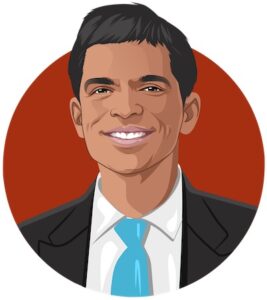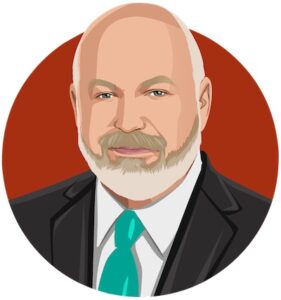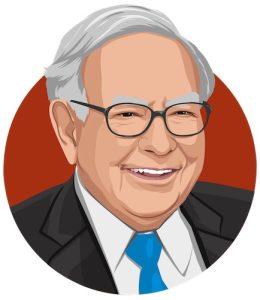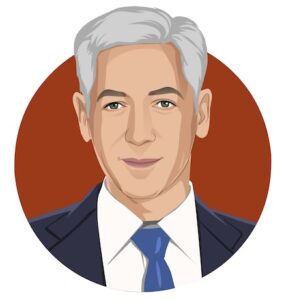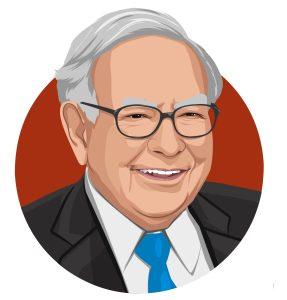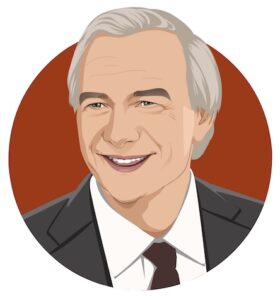
Julian Robins: Fundsmith’s Investment Philosophy and Market Outlook
Julian Robins, Head of Research and co-founder of UK based Fundsmith, shared compelling insights about quality investing and market dynamics in this recent podcast. Robins, who has been instrumental in managing the firm’s flagship equity fund alongside Terry Smith since 2010, brings extensive experience from his career spanning stockbroking and investment banking since 1984.
The discussion revealed Fundsmith’s disciplined approach to navigating current market uncertainties, from AI investment trends to changing consumer behaviors. Julian emphasized the importance of focusing on companies with sustainable competitive advantages that can compound returns over decades, rather than getting distracted by short-term market noise. His candid assessment of management quality and the evolving investment landscape provided valuable perspective on how quality-focused managers are adapting their strategies in today’s rapidly changing environment.


